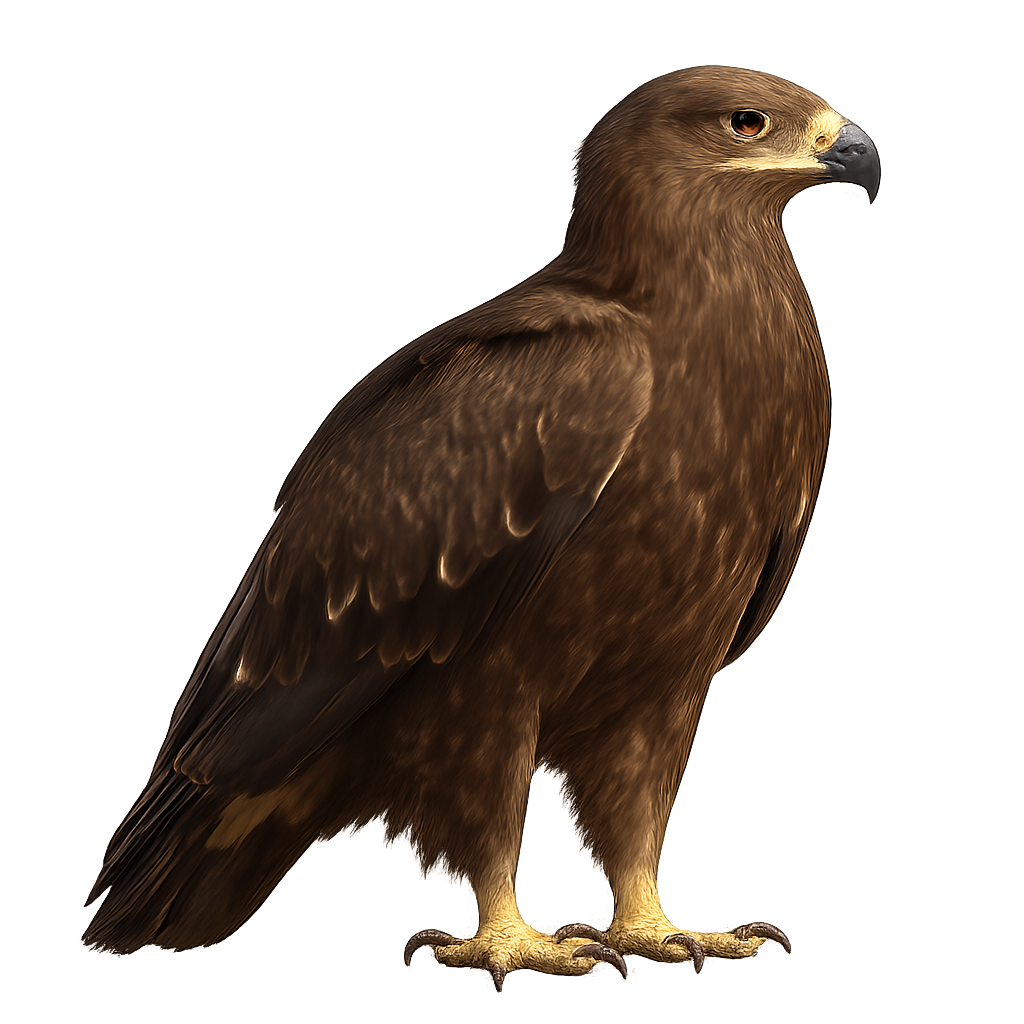Your wildlife photography guide.
Explore the common eagle in detail, study its behavior, prepare your shots.
Where to observe and photograph the common eagle in the wild
Learn where and when to spot the common eagle in the wild, how to identify the species based on distinctive features, and what natural environments it inhabits. The WildlifePhotographer app offers tailored photography tips that reflect the common eagle’s behavior, helping you capture better wildlife images. Explore the full species profile for key information including description, habitat, active periods, and approach techniques.
Common eagle
Scientific name: clanga clanga

IUCN Status: Vulnerable
Family: ACCIPITRIDAE
Group: Birds
Sensitivity to human approach: Very shy
Minimum approach distance: 10 m
Courtship display: March to May
Incubation: 38–42 jours
Hatchings: April to June
Habitat:
Mountains and open forests
Activity period :
Primarily active during the day, with peak activity in the morning and late afternoon.
Identification and description:
The Greater Spotted Eagle is an imposing raptor, recognizable by its dark plumage and robust silhouette. This large eagle is mainly found in Eastern Europe and Asia, where it hunts large mammals, birds, and sometimes even reptiles. It mainly inhabits open landscapes such as meadows, steppe areas, and marshes. Its powerful call, which is the source of its name, is often seen as a symbol of strength and sovereignty in local cultures.
During the breeding season, the Greater Spotted Eagle performs majestic flights and powerful calls to mark its territory and attract a mate.
Recommended lens:
300 mm – adjust based on distance, desired framing (portrait or habitat), and approach conditions.
Photography tips:
Use a telephoto lens to capture images from a distance, respecting the discreet nature of the species.
Photograph early in the morning or late in the afternoon, times when the lighting is optimal to highlight the eagle's plumage.
Look for it in open areas near forests: heathlands, meadows, and wetlands, where it primarily feeds on small mammals and birds.
Be patient and discreet to avoid disturbing its natural behavior.
The yelling eagle is classified as a species of minor concern by the IUCN. Although generally protected, it is essential to respect its natural habitat and minimize human disturbances, especially during the nesting season.
The WildlifePhotographer App is coming soon!
Be the first to explore the best nature spots, track rutting seasons, log your observations, and observe more wildlife.
Already 1 449 wildlife lovers subscribed worldwide

